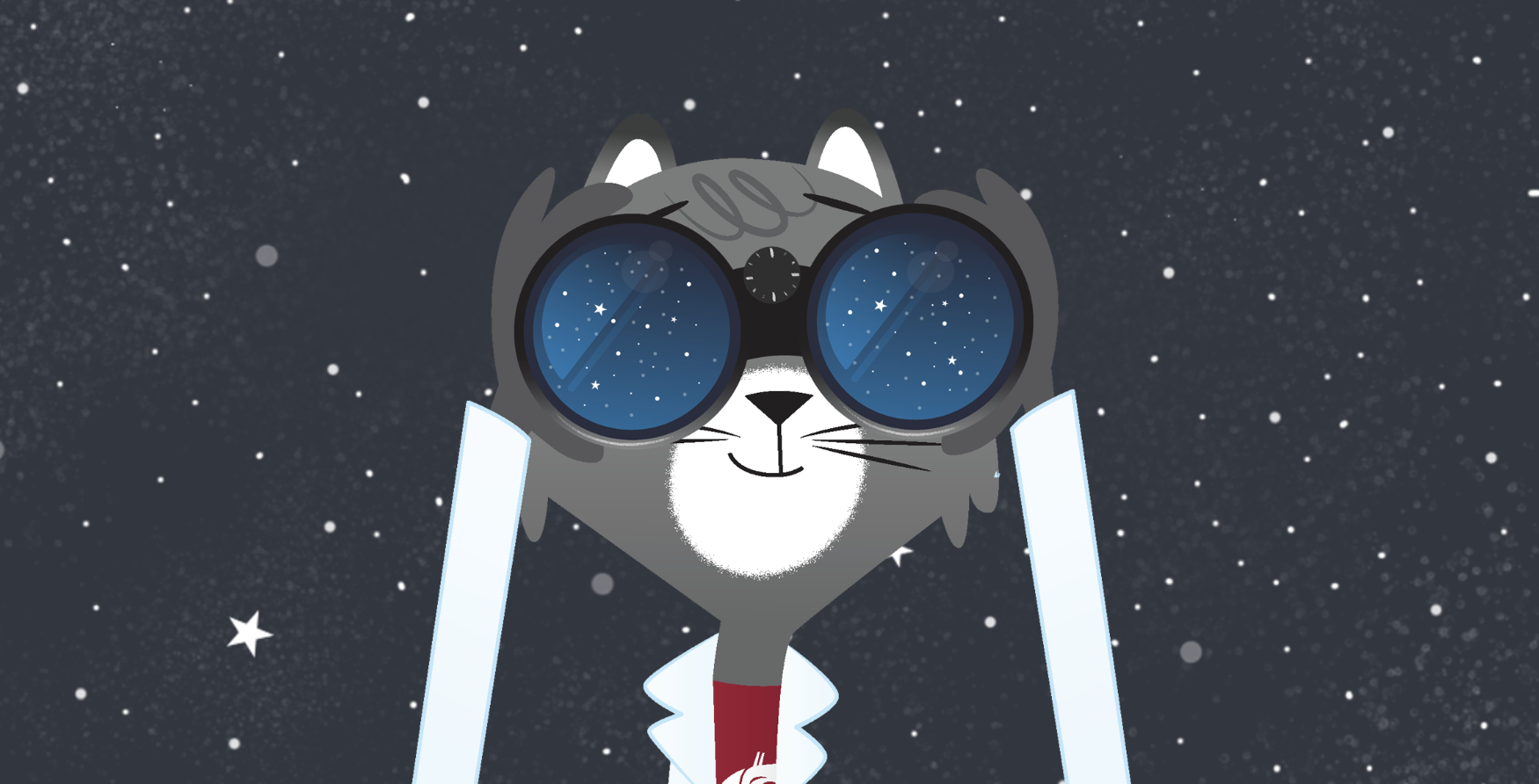Dr. Universe: How do lungs work to help keep you alive? – Ellie, 11, North Carolina
Dear Ellie,
Take a deep breath. As air travels through your nose and mouth into your lungs, it brings oxygen into the body. To find out exactly how it all works, I talked to my friend Kim Chiok, a researcher at Washington State University.
In the lab at WSU, she designs experiments to help us learn about diseases that impact the lungs and other parts of the body that help us breathe.
When you breathe in, little hairs in your nose help filter out particles like dust, so they don’t enter the body. The air warms up as it flows into a tube-like structure called the trachea. The trachea leads down to the bronchial tubes and into the pink, spongy lungs.
Chiok said to explore how lungs work, we can also think about them as if they were made up of bubble wrap.
“But imagine that the bubbles don’t pop. Instead, whenever you squeeze the bubbles, they deflate but then go back to their own shape,” she said.
The air sacks in the lungs are like the individual bubbles in the bubble wrap. We call these air sacks alveoli and there can be hundreds of millions of these sacks in the lungs. The alveoli fill up with air and release air all day long.
The air sacks are lined with lots of tiny, living things called cells. These cells may be small, but they have a big job to do. They help bring the oxygen into the blood, so the blood can transport it around the body.
Oxygen in your blood can help do all kinds of things — repair cells, boost the immune system that helps protect you from getting sick, and even give you energy.
Not only do the air sacks bring oxygen to the body, they also help release carbon dioxide, which is a kind of leftover from the work some of your cells do.
When you get the flu or have other respiratory problems, it can sometimes make it hard to breathe. That’s because the alveoli lining becomes thick when fluid and inflammatory cells build up in the thin layer of tissue. The alveoli then have a hard time collapsing and expanding.
This also happens when smoke from wildfires or from smoking cigarettes fills up the lungs. While smoke can make it hard to breathe, it can also kill lung cells.
Lung cells can repair themselves, but it takes a long time for them to get back to normal. In some cases, the cells never fully recover. Chiok said it’s as if the bubbles in our imaginary bubble wrap, those alveoli, get destroyed.
That’s also why it is really important to protect ourselves from smoke and other small particles that might make it hard for the lungs to do their job. When we keep our lungs healthy, it allows life-giving oxygen to flow into our bodies and carbon dioxide to flow out, so we can all live our best lives.
Sincerely,
Dr. Universe
Know a kid with a science question?
Adults can help kids submit a question for a chance to be featured in a future video, podcast, or Q&A post.

